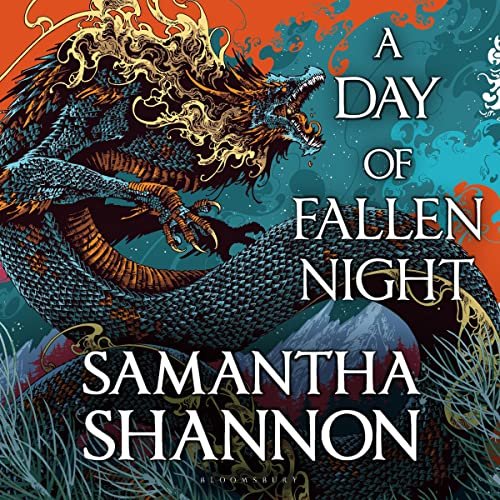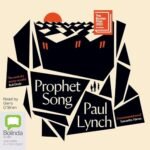A Day of Fallen Night: a standalone prequel to her bestselling novel The Priory of the Orange Tree
Samantha Shannon’s “A Day of Fallen Night,” a standalone prequel to her bestselling novel “The Priory of the Orange Tree,” has gotten a lot of attention in the literary community. The story takes place around 500 years before the events of “Priory” and has an entirely new group of characters. It’s an epic tale that intertwines the experiences of three major female characters from different parts of the world – East, West, and South — each with their own culture, governmental system, and religion.
Dumai, a mountain inhabitant, trains as a godsinger in the East, forging a human link to the dragons regarded as gods in her community. Glorian, the youthful successor to the queendom of Inys, struggles with her royal obligations in the West. Tunuva is a warrior of the enigmatic Priory of the Orange Tree, a holy order dedicated to destroying the Nameless One, a huge fire-breathing dragon. Wulf, a male character from the North, subsequently becomes a prominent player in the plot, presenting a more equal depiction of genders than Shannon’s prior work.
The plot centers around the rebirth of an ancient evil and its consequences for the characters and their different kingdoms. Shannon focuses on topics such as the value of self-discovery and the transformative power of love in its varied manifestations. The work is notable for its outstanding character development, which includes multiple LGBT relationships, as well as the variety and complexity of its female characters. These components have received widespread appreciation, demonstrating Shannon’s ability to create emotionally complex and accessible characters.

However, the tempo of “A Day of Fallen Night” has been criticized. The novel starts slowly and struggles to have a steady flow, making it difficult for readers to stay focused. The book’s alternate perspectives lead to a disorganized narrative, which undermines the story’s flow. While the final section of the novel grows increasingly interesting as the characters’ paths cross, the result is supposedly not proportionate to the work involved in getting there. Several story twists are included in the conclusion, yet they are viewed as relatively predictable.
Despite its 880-page length, “A Day of Fallen Night” is a standalone novel, with the finale hinting to the events of “Priory.” It stands on its own and does not require prior knowledge of “The Priory of the Orange Tree” to comprehend. This part of the book is valued since it provides a new perspective inside the same environment. If readers are unfamiliar with Shannon’s writing, starting with “A Day of Fallen Night” is suggested. “The Priory of the Orange Tree” is recommended as a more interesting and approachable introduction to Shannon’s universe.
Overall, “A Day of Fallen Night” is regarded as a well-written female epic fantasy with deep character development. It is praised for depicting powerful women as well as uplifting and realistic female heroines. Despite some criticisms about its pacing and storytelling, the book is a tribute to Shannon’s ability to build a broad fantasy universe. It is regarded as a notable contribution to the genre, notably in its examination of love, self-discovery, and female characters’ power.
Sources: Kirkus Reviews, Before we go blog, GrimdarkMAGAZINE, The Harvard Crimson









